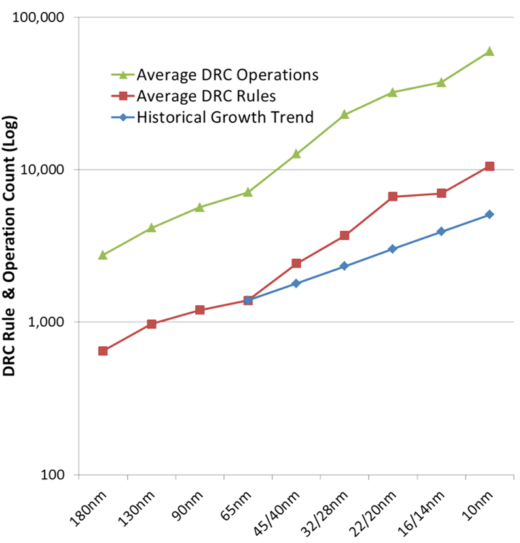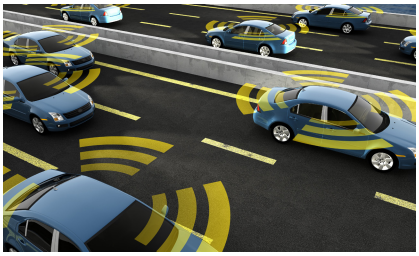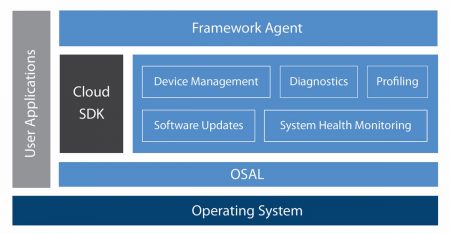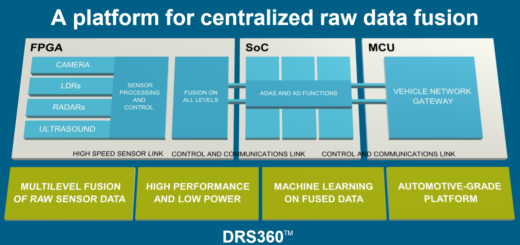Article Roundup: IC Reliability Verification, Autonomous Car Accidents, IoT Cloud Connectivity, Autonomous Drive Verification & RISC-V
- Robust Reliability Verification – A Critical Addition To Baseline Checks
- Anatomy Of An Autonomous Vehicle Crash
- Mentor Spackles Over Cracks in the Cloud
- Robocar Testing: It’s Simulation, Stupid!
- RISC-V Gains Its Footing
Robust Reliability Verification – A Critical Addition To Baseline Checks
SemiWiki
 In the last five years, DRC rule decks have exploded in size and complexity due to multi-patterning, voltage-aware DRC, and FinFET requirements. As a result, traditional rule-based DRC verification is no longer adequate; a robust reliability verification environment must be included to ensure successful tape-out. Reliability verification covers aspects such as electrostatic discharge (ESD) protection, electrical over stress (EOS), voltage aware DRC, and interconnect robustness checks to verify these advanced designs.
In the last five years, DRC rule decks have exploded in size and complexity due to multi-patterning, voltage-aware DRC, and FinFET requirements. As a result, traditional rule-based DRC verification is no longer adequate; a robust reliability verification environment must be included to ensure successful tape-out. Reliability verification covers aspects such as electrostatic discharge (ESD) protection, electrical over stress (EOS), voltage aware DRC, and interconnect robustness checks to verify these advanced designs.
Anatomy Of An Autonomous Vehicle Crash
SemiEngineering
 Autonomous drive will require vast technological frameworks to guide the analysis and understanding of accidents that involve self-driving cars. A combination of the ISO 26262 standard, simulation, verification, data-mining, and new-to-automotive technologies like time-stamping are expected to make up the bulk of this framework. This article covers how these technologies will enable the comprehensive traceability and analysis required to understand autonomous car accidents.
Autonomous drive will require vast technological frameworks to guide the analysis and understanding of accidents that involve self-driving cars. A combination of the ISO 26262 standard, simulation, verification, data-mining, and new-to-automotive technologies like time-stamping are expected to make up the bulk of this framework. This article covers how these technologies will enable the comprehensive traceability and analysis required to understand autonomous car accidents.
Mentor Spackles Over Cracks in the Cloud
EE Journal
 Connecting to the various IoT cloud services available is not as simple as adding internet capabilities to a device. The SDKs offered by cloud providers are generic by necessity, and cannot handle hardware or operating system-specific tasks. The Mentor Embedded IoT Framework is designed to streamline the connection of IoT devices to cloud services, and subsequent maintenance, by extending the capabilities of cloud SDKs to meet hardware and OS-specific requirements.
Connecting to the various IoT cloud services available is not as simple as adding internet capabilities to a device. The SDKs offered by cloud providers are generic by necessity, and cannot handle hardware or operating system-specific tasks. The Mentor Embedded IoT Framework is designed to streamline the connection of IoT devices to cloud services, and subsequent maintenance, by extending the capabilities of cloud SDKs to meet hardware and OS-specific requirements.
Robocar Testing: It’s Simulation, Stupid!
EE Times
 Simulation is increasingly important to the verification of autonomous vehicle safety. Siemens has combined the physics-based simulated raw sensor data of Tass International’s PreScan and Mentor’s neural network-based DRS360 platform for real-time data fusion to create high-resolution models of vehicle environments. These models enable developers to perform billions of miles of testing on the most challenging scenarios that self-driving cars have faced, or will face in the future.
Simulation is increasingly important to the verification of autonomous vehicle safety. Siemens has combined the physics-based simulated raw sensor data of Tass International’s PreScan and Mentor’s neural network-based DRS360 platform for real-time data fusion to create high-resolution models of vehicle environments. These models enable developers to perform billions of miles of testing on the most challenging scenarios that self-driving cars have faced, or will face in the future.
RISC-V Gains Its Footing
SemiEngineering
The RISC-V instruction-set architecture is growing in popularity due to its openness and customizability for a variety of applications. Key markets for the technology include storage controllers for high performance flash storage, AI and machine learning vector extensions, and minion cores, as well as vast potential for innovative applications in new markets. This flexibility, however, comes with increased uncertainty and verification challenges.